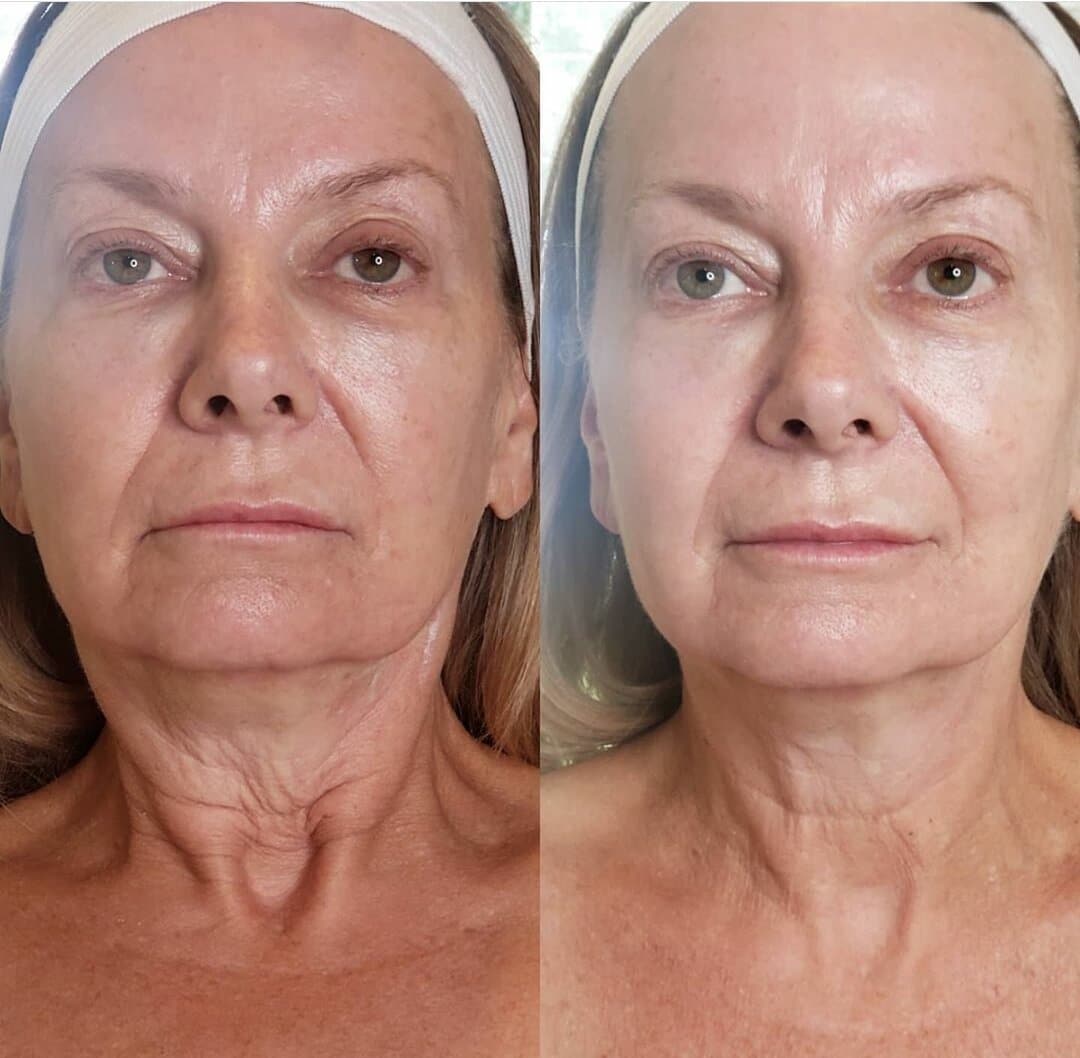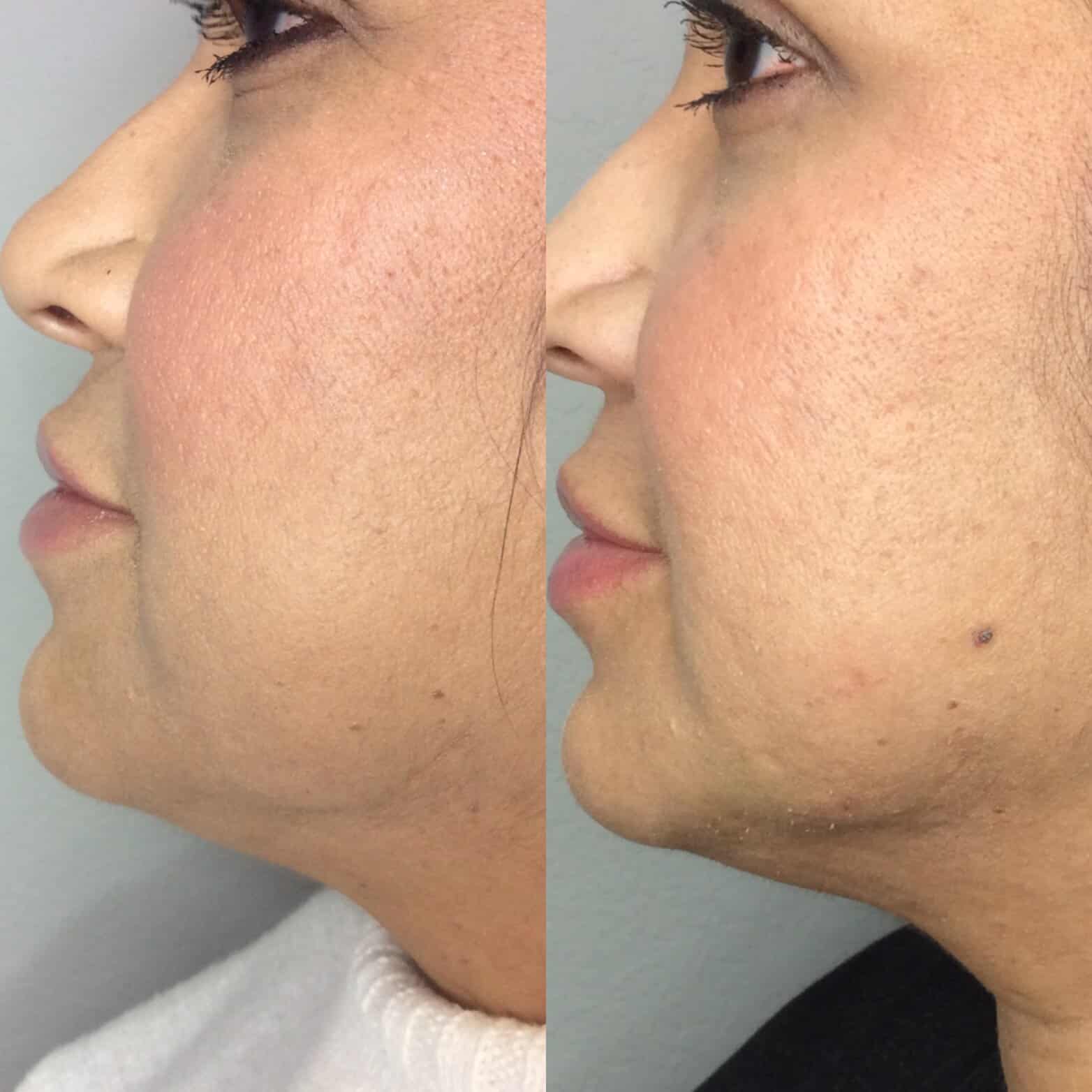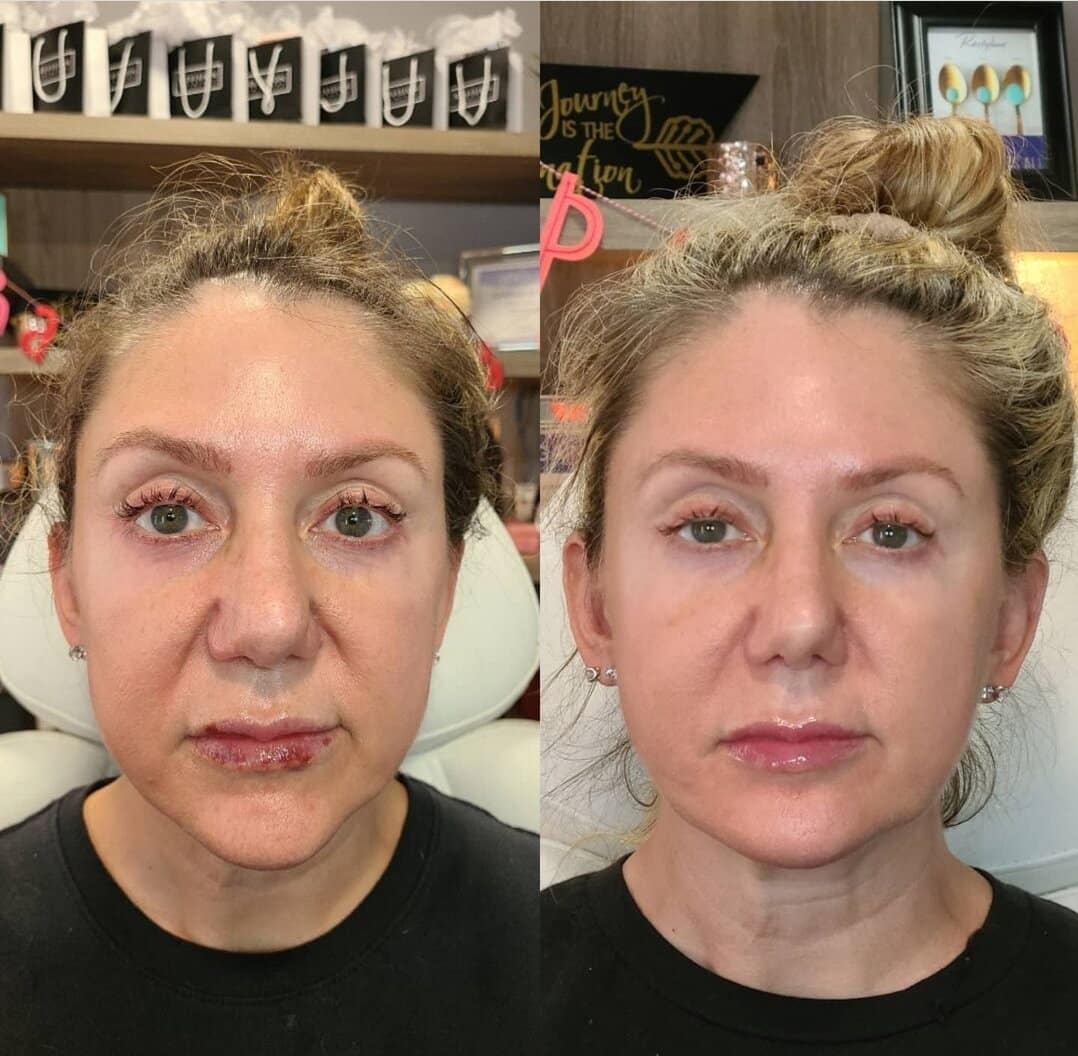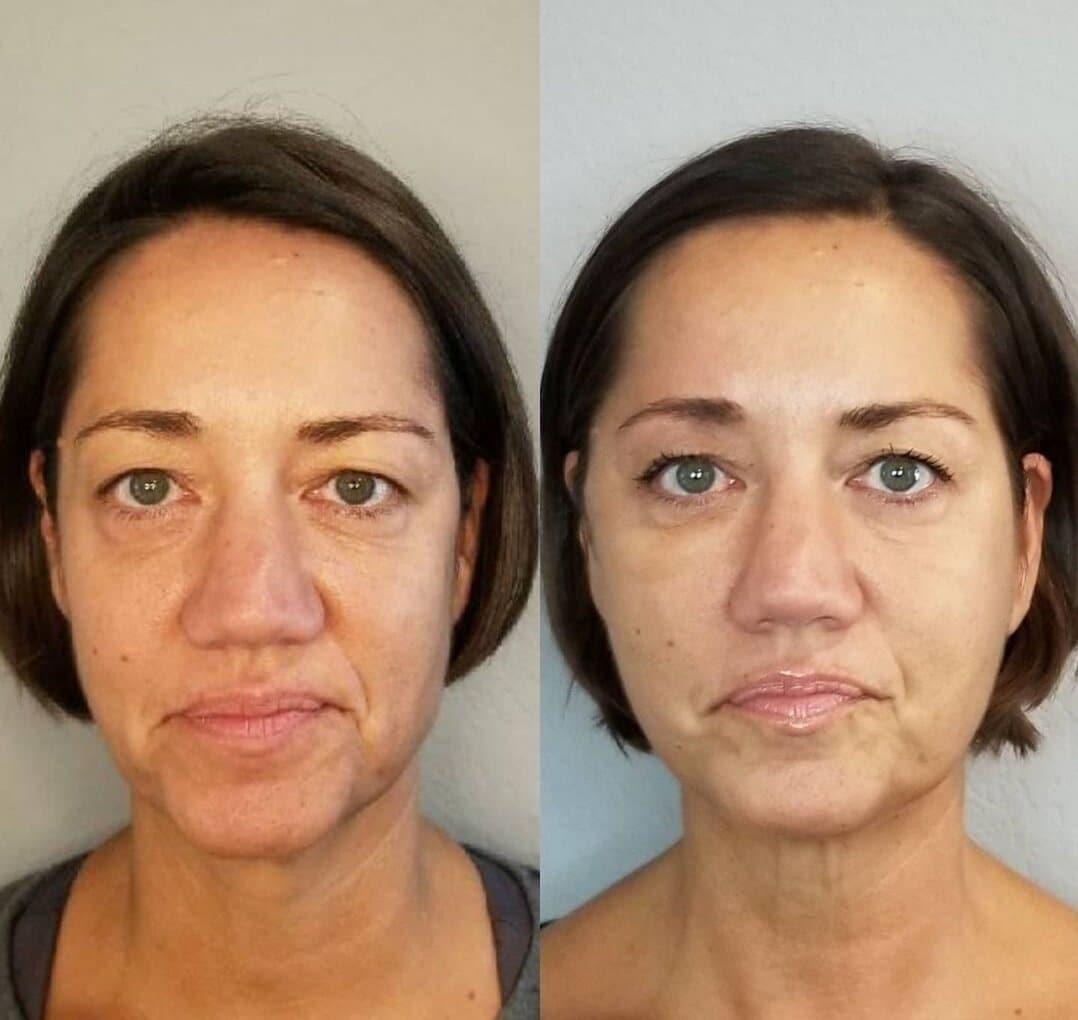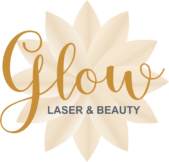Until recently, the only way to address problems caused by facial skin laxity—such as jowls and drooping cheeks—was facelift surgery. While very effective, and works for many patients, not everyone is willing or able to have surgery. If you're in this group, you'll be happy to know that a new type of procedure has been developed to fill in the gap between noninvasive facial rejuvenation and facelift surgery: The "thread lift."
This procedure provides temporary sutures to produce a subtle but visible "lift" in the skin. Instead of removing the loose facial skin surgically, it is suspended by stitching up portions of it. This has the effect of pulling the skin back slightly and therefore lifting and tightening the face. In addition to being ideal for lifting the skin, threads combat aging in another way: by provoking the body's "healing response" and causing the body to direct large surges of collagen to treated areas. This is important because of the vital role collagen plays in the aging process.
Collagen helps support "growth factors" that greatly influences the condition of our skin. In addition to being used for wound healing, collagen helps to keep our skin strong, voluminous and supple. As we get older, our bodies gradually produce less and less collagen, which leads to an 80% reduction in skin thickness by about age 70. This loss of volume and strength is a large factor in the creation of excess skin and wrinkles. As the skin grows weaker, it's no longer able to support the tissues beneath it adequately, meaning that gravity pulls it downwards and stretches it. Infusing the skin of the face with fresh collagen when the signs of skin laxity are still mild can help to both reduce looseness (by thickening and hydrating the skin) and prevent it from getting worse ( strengthening the skin).
How Does It Work?
The procedure can be fairly quick, not too painful, and the results can last for a couple of years. The treatment involves placing needles in the skin, which are preloaded with a PDO thread (Polydioxanone). The needle is inserted into the skin, and after it’s removed the PDO thread remains in the skin – the thread is fully absorbed into the skin by the process of hydrolysis within 4 to 6 months.
The threads add an immediate tightening effect, while even better results are seen in the following weeks as they stimulate collagen production, so even when the thread has dissolved, the lifting effect remains. Best results are seen at around six weeks post-procedure.
Where Can They Be Used?
PDO threads can be used generally anywhere but most commonly used to sculpt jawlines, add cheek definition, lift sagging necklines and in the decollete area. These revolutionary threads can also be used to address skin texture issues such as acne scarring and fine lines/wrinkles.
This treatment, combined with dermal fillers is an effective method to reduce the signs of aging.
Which Threads Do We Use at Glow?
NovaThreads
NovaThreads are sutures that are made from a biocompatible material called PDO, which has been specially designed for safe re-absorption by the body. NovaThreads remain in place for about four to six months, after which point they slowly dissolve. Patients can, however, expect to keep seeing the results of their NovaThreads lift for a year or more after their treatment. This long-lasting effect arises from the lingering improvement in skin condition that results from collagen infusion.
NovaThreads come in several different varieties: Barbed sutures, which are ideal for gathering skin (and therefore producing more lifting action) and straight or curved smooth sutures. Smooth sutures produce less of a lift, but they are excellent for collagen stimulation. Patients often have smooth sutures placed in strategic locations around their face (such as the corner of the mouth or along the brows) in order to target common problem areas where the signs of aging become particularly apparent. Barbed sutures, on the other hand, are placed near the hairline in order to gently pull back the skin and lift the cheeks and jowls.
Having NovaThreads placed is relatively quick and easy for the patient. First, local anesthesia will be used to numb the areas that are going to be treated, then a small instrument (a thin cannula or needle) will be used to insert the threads below the skin. This entire process usually takes just 30 to 45 minutes, and the patient is free to return to work afterward.
How Much Does It Cost?
You will be provided a full consultation to determine if this procedure is right for you. At that time, cost of treatment will be reviewed to fit your budget. Threads start at $50/ea depending on area being treated.
